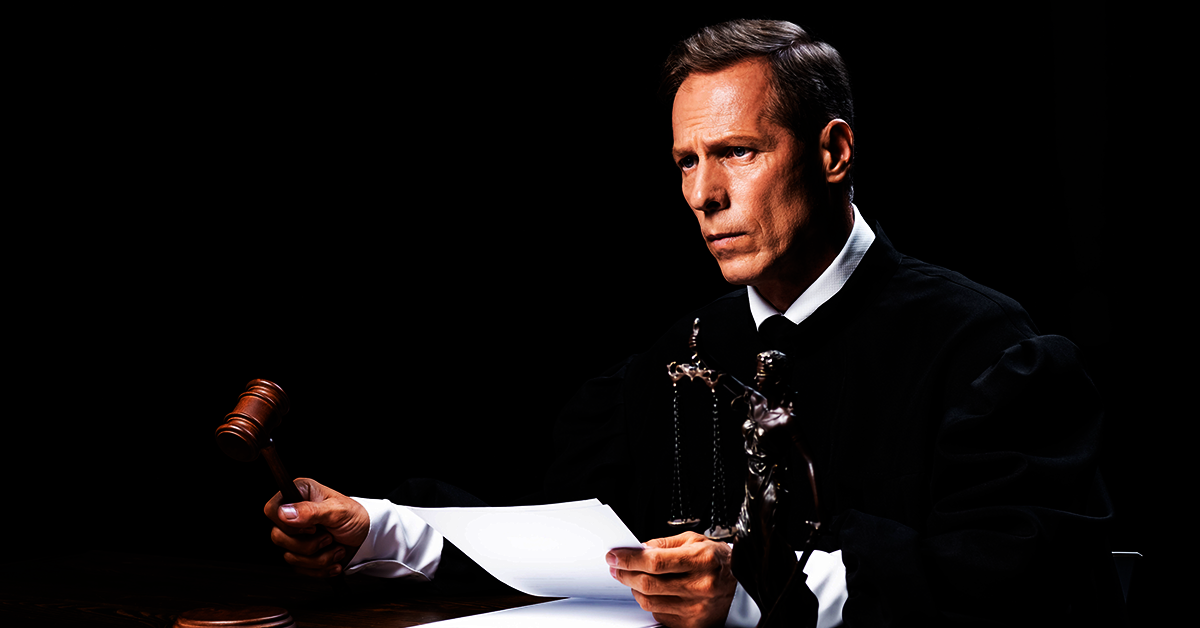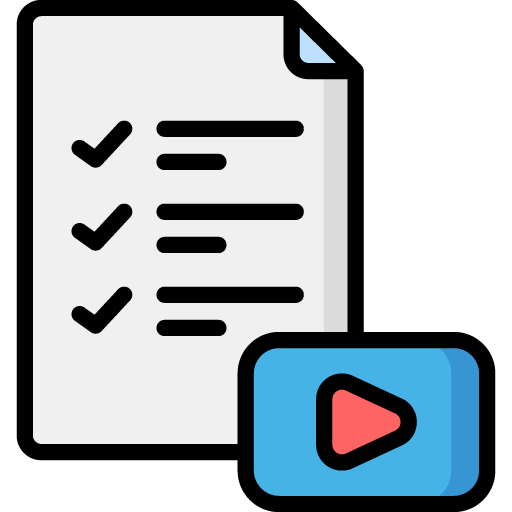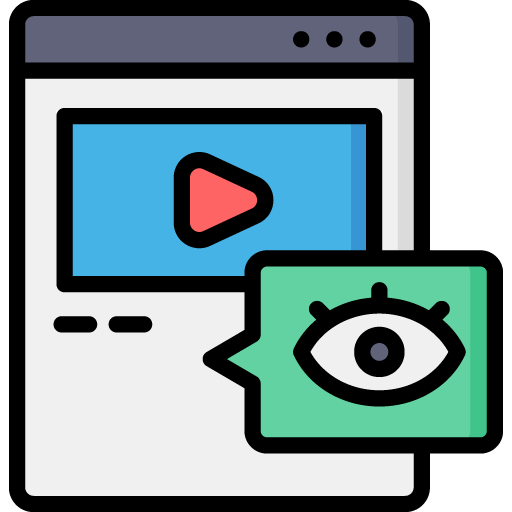Creating content for YouTube is more than just shooting, editing, and uploading. It also involves navigating the complex world of legal considerations. Failing to adhere to legal standards can result in your videos being taken down, your account being penalized, or worse, facing legal action. This comprehensive guide will cover the most critical legal issues you must be aware of when producing content for YouTube, including copyright, privacy, and consent.
Legal Considerations in YouTube Video Production
An Overview of Copyright, Privacy, and Consent
Understanding Copyright Laws on YouTube
One of the most frequent pitfalls for YouTube creators is the misuse of copyrighted materials. Whether it’s a snippet of a song, a clip from a TV show, or even an image, using content that you don’t own or haven’t licensed can lead to serious consequences.
What Is Copyright? Copyright is a form of protection given to the creators of original works, including music, videos, images, and written content. As soon as an original work is fixed in a tangible form, it’s protected by copyright law.
Common Copyright Violations
- Using Background Music Without a License: Even a few seconds of a popular song can trigger a copyright claim.
- Incorporating Clips from Movies or TV Shows: Unless the content falls under fair use (which is complex and risky), it could lead to removal.
- Using Images or Artwork Without Permission: Stock images must be properly licensed.
How to Avoid Copyright Issues
- Use Royalty-Free or Licensed Music: Platforms like Epidemic Sound, Artlist, and YouTube Audio Library offer safe options.
- Create Your Own Content: This is the most foolproof way to stay within legal bounds.
- Check Licenses Carefully: Even free resources can have restrictions.
- Use Fair Use Sparingly and Cautiously: Commentary, criticism, or parody might qualify, but it’s best to consult a legal expert.
Understanding Fair Use
Fair use is a doctrine that allows limited use of copyrighted material without permission for purposes like commentary, criticism, news reporting, education, or parody.
Factors Considered in Fair Use
- Purpose and Character of Use: Is it transformative? Is it for commercial or educational use?
- Nature of the Copyrighted Work: Published factual works are more likely to be fair use than creative works.
- Amount and Substantiality: Using less content is more defensible.
- Effect on the Market: Does your use harm the market value of the original work?
Risks of Relying on Fair Use
- Subjective Interpretation
- Doesn’t prevent takedown notices
- Potential for legal disputes
Understanding YouTube’s Copyright Strike System
YouTube uses a three-strike system:
- First Strike: You’ll be required to take a copyright education course.
- Second Strike: You may be restricted from uploading new content.
- Third Strike: Your channel can be permanently removed.
To resolve strikes:
- Remove the infringing content
- File a counter-notification if you believe it was wrongly issued
- Seek permission from the copyright holder
Privacy Issues in YouTube Video Production
Privacy concerns arise when filming in public places or capturing identifiable individuals without their consent. Depending on the jurisdiction, this can violate privacy laws.
Public vs. Private Spaces
- Public Spaces: Generally, filming in public is legal, but it’s still courteous to ask permission.
- Private Property: You must obtain consent to film. This includes homes, businesses, and events.
Capturing Bystanders If individuals are easily identifiable, especially children, you may need to blur their faces or obtain written consent.
Filming Minors Always obtain written permission from a parent or guardian. Child privacy laws are stricter and vary widely.
Posting Sensitive Information Avoid sharing:
- License plates
- Addresses
- Financial documents
- Personal IDs
Consent and Release Forms
What is a Release Form? A release form is a document signed by a subject granting you permission to use their image, voice, or performance in your videos.
When Do You Need a Release Form?
- When filming interviews
- When using actors or models
- When filming on private property
- When filming minors (requires parent/guardian signature)
Types of Release Forms
- Model Release: For use of a person’s likeness
- Location Release: For use of private property
- Parental Consent: For filming minors
Tips for Managing Consent
- Always carry printed release forms
- Use digital tools like DocuSign
- Keep all signed documents well-organized
Trademark and Brand Use
Using brand logos or mentioning company names in your videos can also trigger legal issues.
Avoiding Trademark Violations
- Don’t use brand logos in thumbnails
- Don’t present yourself as affiliated with a brand unless you are
- Avoid using brand names in misleading or negative ways
When Can You Use a Brand Name?
- Product reviews (if honest and non-deceptive)
- Educational purposes
YouTube and Brand Mentions
- Disclose sponsorships and paid promotions clearly using YouTube’s built-in features
Using Third-Party Content
Any content that you didn’t create needs careful consideration.
Steps to Stay Safe
- Obtain proper licenses
- Use royalty-free assets from reputable sources
- Credit original creators (although not a legal substitute for permission)
Sites for Legal Resources
- Music: YouTube Audio Library, Artlist, Epidemic Sound
- Footage: Pexels, Videvo, Pixabay
- Images: Unsplash, Canva Pro, Adobe Stock
International Legal Considerations
If your audience or content involves other countries, understand international laws:
- GDPR (Europe): Rules around data collection, especially for EU citizens
- COPPA (USA): Children’s Online Privacy Protection Act
- Canadian PIPEDA: Similar to GDPR but with some differences
Traveling Abroad to Film?
- Research local laws before filming
- Obtain necessary permits
Protecting Your Own Content
Just as you need to respect others’ copyrights, you should also protect your own.
How to Register Your Copyright
- In the U.S., register with the U.S. Copyright Office
- Use watermarking and metadata to track usage
Monitoring Infringements
- Set up Google Alerts for your video titles
- Use YouTube’s Content ID system (if eligible)
Enforcing Your Rights
- Issue takedown notices through YouTube’s copyright complaint form
- Contact the infringer directly
Final Thoughts
Navigating the legal side of YouTube video production might seem daunting, but it’s crucial for long-term success. By understanding and respecting copyright, privacy, and consent laws, you protect not only your channel but also your reputation and livelihood.
Legal knowledge is just as important as camera skills or editing prowess. Take the time to create responsibly, get the right permissions, and safeguard your content. It’s not just about avoiding trouble – it’s about building a professional and sustainable presence on YouTube.







 Edit Your Footage
Edit Your Footage
Leave a Reply